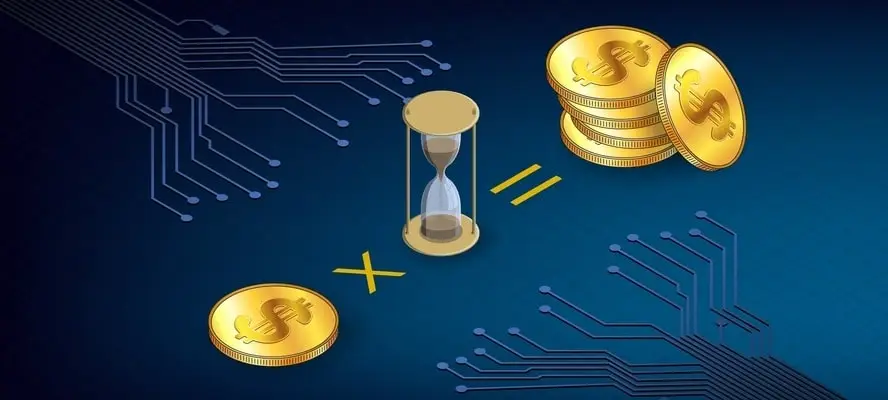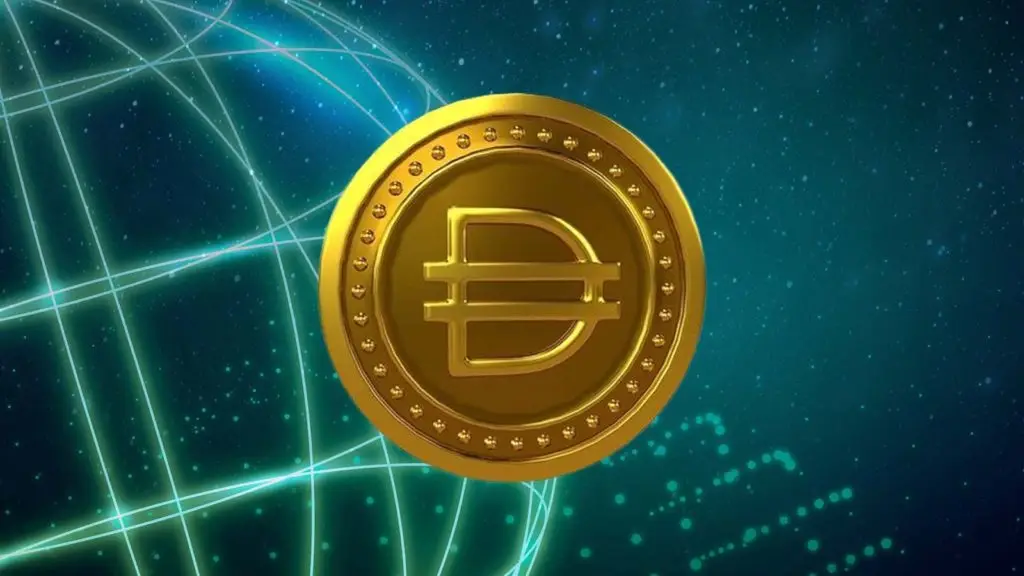The world of finance is no longer limited to banks and stock exchanges. Today, digital technologies allow managing capital without intermediaries, thanks to the ecosystem of DeFi projects. The segment is rapidly evolving, offering new ways to generate profits. However, along with opportunities, risks arise that are important to consider before investing in DeFi.
Let’s explore which investment strategies in Decentralized Finance work best, how to avoid falling into fraud traps, and what protection methods to use.

DeFi – What Is It and How to Invest?
The concept is based on blockchain and smart contracts – automatic programs that manage financial operations without the involvement of banks and other intermediaries. Systems based on these technologies allow people to transfer assets, issue loans, earn from yield farming, or providing liquidity.
The main advantage of these solutions is the absence of control by centralized structures. No one freezes accounts, requires identity verification, or regulates operations.
Key Investment Strategies in DeFi
There are several popular directions in the sector, each offering different levels of profitability and risks:
- staking – locking digital assets in the network to support its operation and receive rewards. It offers relatively stable income;
- yield farming – providing liquidity to various DeFi projects in exchange for a percentage of their profits. The ability to quickly switch between platforms plays a key role;
- liquidity provision – investing funds in decentralized exchanges (DEX) that use them for token exchange. It allows earning a commission from each transaction;
- participation in DAO – acquiring tokens of projects that allow voting for platform development and receiving a share of profits;
- investing in promising tokens – purchasing assets that may significantly increase in price in the future. It is important to carefully analyze the project to avoid scams.
Each method has its own characteristics and requires a different level of involvement.
How to Choose Projects for Investment?
Before investing in DeFi, it is important to carefully analyze the platform to reduce the risks of capital loss.
One of the key aspects is the reliability of smart contracts, as their security directly depends on the quality of the code. Any error in the program logic can become a loophole for hackers, which has led to major hacks and user fund thefts multiple times.
It is also necessary to evaluate the team and partners. If a project does not disclose the names of developers or lacks significant investors, it is worth considering before investing in DeFi. Team transparency increases trust and reduces the likelihood of fraud.
Another important factor is liquidity and trading volume: if a platform is unpopular and has low turnover, it may indicate low investor interest or possible price manipulation.
Additionally, it is advisable to check the profitability mechanism – if incredibly high returns are promised without a clear business model, it is likely a financial pyramid scheme that will disappear at some point. Thoroughly checking all factors helps avoid dubious schemes and protect invested funds from unjustified risks.
What Risks Exist?
Despite its potential, DeFi investment is not without problems.
Firstly, there are technical vulnerabilities. Smart contracts and blockchains operate without intermediaries, but correcting an error in the code is difficult. This has led to major hacks in the past.
Secondly, there is volatility. Token prices can change rapidly. Today’s profit of 100% can turn into losses of the same amount tomorrow.
The third risk is regulation. Authorities in many countries have not yet decided how to approach DeFi projects. Laws that complicate operations in the sector could be introduced at any time.
The fourth threat is scam projects. Many platforms are created solely to attract user funds and then disappear.
Investing in the sector requires a careful approach and understanding of all possible consequences.
DeFi Investment Strategies for Beginners
It is better to gradually immerse yourself in the sector, starting with less risky methods:
- staking stablecoins – investing in USDT, USDC, or DAI allows earning passive income with minimal risks;
- using trusted platforms – choosing large DeFi projects that have been operating for several years significantly reduces the chances of losses;
- investing small amounts – it is never advisable to invest the entire sum at once; it is better to start with a small portion of the capital and gradually increase investments;
- diversification – dividing assets among different directions and platforms reduces potential losses.
These methods help to get acquainted with the sector and minimize risks in the early stages of DeFi investment.
Managing Assets in DeFi
A chaotic approach to investing rarely leads to stable results. For effective asset management, it is important to develop a clear strategy and stick to it.
One of the key principles is diversifying cryptocurrency holdings, as storing all funds in one DeFi project increases risks. It is better to distribute investments among different platforms.
Moreover, using secure wallets is advisable: hot wallets are convenient for quick transactions, but cold wallets provide a higher level of security, protecting assets from hacks.
Continuous monitoring of decentralized exchanges (DEX) also plays a crucial role, as blockchain technologies are constantly evolving, and new solutions may offer more favorable conditions than outdated platforms.
Equally important is to lock in profits, as greed can lead to missing the exit point while waiting for further growth. If an investment has already yielded significant returns, it is wise to secure at least a portion of the profits to minimize potential losses.
Smart asset management helps avoid unnecessary risks and increases the chances of successful portfolio development.

How to Invest in DeFi: The Essentials
The sector offers huge earning opportunities but requires a smart approach and continuous study of new trends. Understanding decentralized exchanges (DEX), yield farming mechanics, and smart contract principles helps avoid mistakes and fully utilize the technology’s potential.
With the right approach, you can create a stable source of passive income, but it is important to remember that high returns are always associated with increased risks. Approaching the matter wisely, investments in DeFi can be an excellent way to increase capital.








 Today’s market offers many options for asset allocation. The choice depends on the level of trust, commission and ease of use.
Today’s market offers many options for asset allocation. The choice depends on the level of trust, commission and ease of use. Staking is a tool that opens the door to passive income in the world of cryptocurrencies. This is an opportunity to make coins work for you and at the same time support the functioning of blockchain networks. In 2024, staking will continue to gain popularity due to its simplicity, accessibility and environmental friendliness. The key is to understand the risks, choose reliable platforms and do not invest more than you can afford to lose.
Staking is a tool that opens the door to passive income in the world of cryptocurrencies. This is an opportunity to make coins work for you and at the same time support the functioning of blockchain networks. In 2024, staking will continue to gain popularity due to its simplicity, accessibility and environmental friendliness. The key is to understand the risks, choose reliable platforms and do not invest more than you can afford to lose.
 Ethereum has established itself among both technology enthusiasts and high-frequency traders. Its high performance, demand for the token in DeFi, and low decline in times of high volatility have made it the second most popular trading asset.
Ethereum has established itself among both technology enthusiasts and high-frequency traders. Its high performance, demand for the token in DeFi, and low decline in times of high volatility have made it the second most popular trading asset. Focusing on the most traded cryptocurrencies increases the chances of a trading strategy being effective. An asset with high trading volume, low spread, and stable volatility allows you to manage risks, reduce commission costs, and react quickly to market impulses. Each instrument on the list has specific trading characteristics: from algorithmic speed to legal transparency, from the meme effect to banking depth. Success in trading does not begin with the trend, but with the precise choice of a liquid asset.
Focusing on the most traded cryptocurrencies increases the chances of a trading strategy being effective. An asset with high trading volume, low spread, and stable volatility allows you to manage risks, reduce commission costs, and react quickly to market impulses. Each instrument on the list has specific trading characteristics: from algorithmic speed to legal transparency, from the meme effect to banking depth. Success in trading does not begin with the trend, but with the precise choice of a liquid asset.